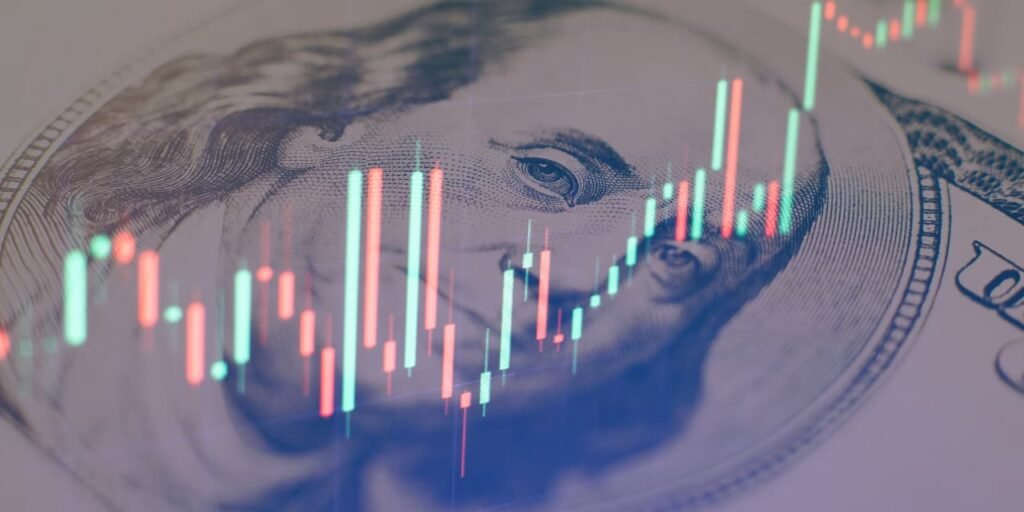The stock market is looking increasingly risky, but that doesn’t mean the only alternative is to buy Treasury bonds. Corporate debt, especially high-yield securities, looks particularly appealing.
It isn’t the best time to buy the
S&P 500,
which is up about 20% in 2023 and trading far more expensively than at the start of the year relative to the profits its component companies are expected to produce. Stocks could drop because the current high interest rates are likely to slow the economy, potentially prompting analysts to lower their forecasts for profits.
Turning to Treasury bonds as a haven wouldn’t be a terrible move. The 10-year yield is at around 4.2%, better than the recent annual inflation rate of just over 3%.
But corporate bonds offer much better returns than that, without the level of risk associated with the stock market. The
SPDR Portfolio High Yield Bond ETF
has a yield to maturity of about 8.5%.
That is the annual yield that the coupon payments would translate to if someone bought the exchange-traded fund at today’s bond prices. Companies’ dividend yields on stocks seldom get as high as their bond yields because they have to keep some cash for investment and operations.
Of course, the prices of the bonds could drop if earnings falter at the companies in the fund, dragging down the price of shares in the ETF. Defaults by component companies are a danger as well, but there are a couple of factors that offset those risks.
First off, investors can collect the juicy interest payments and hold the bonds though periods of price volatility. The average bond in the fund matures in just under five years, so investors who hold on that long can expect to get their yield, plus their principal. And the SPDR fund holds debt of almost 2,000 companies, meaning any defaults from a few borrowers would have little effect on the flow of cash the portfolio generates.
Another option is the
iShares iBoxx $ High Yield Corporate Bond ETF.
Its yield to maturity is just over 8%, with the average bond maturing in about three-and-a-half years. It is diversified, with just over 1,000 holdings.
Data from
Bank of America,
which currently recommends holding bonds, show that interest in the asset class is growing. High- yield bond funds, which hold the debt of riskier companies, saw a net inflow of about $2.1 billion last week, marking the sixth consecutive week in which the amount of money pouring into those funds exceeded outflows. Meanwhile, Treasury funds saw a net outflow last week of more than $3 billion, the largest amount since late 2022.
Consider high-yield bonds as a way of avoiding the risks in stocks, with better returns than in Treasury debt.
Write to Jacob Sonenshine at jacob.sonenshine@barrons.com
Read the full article here
